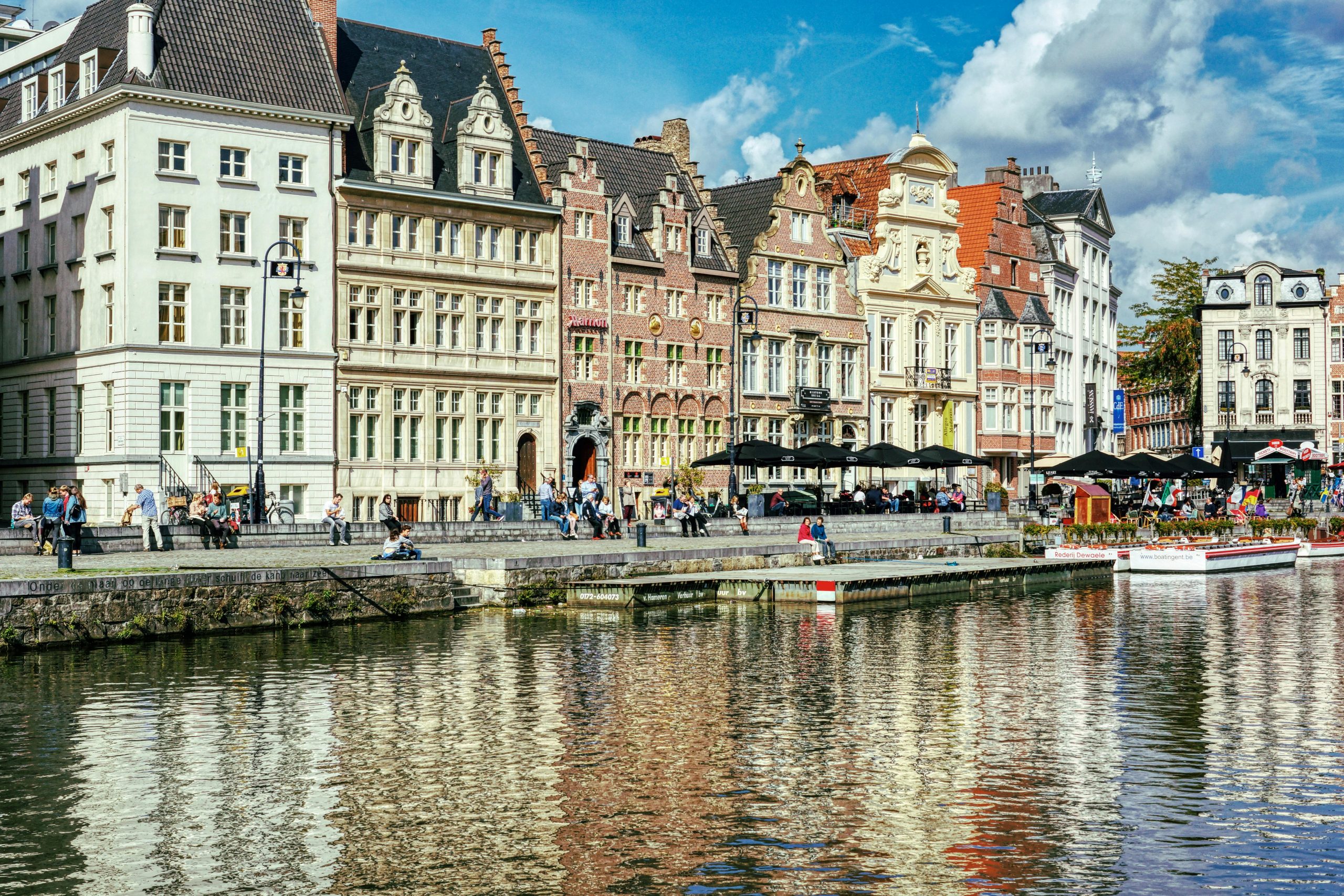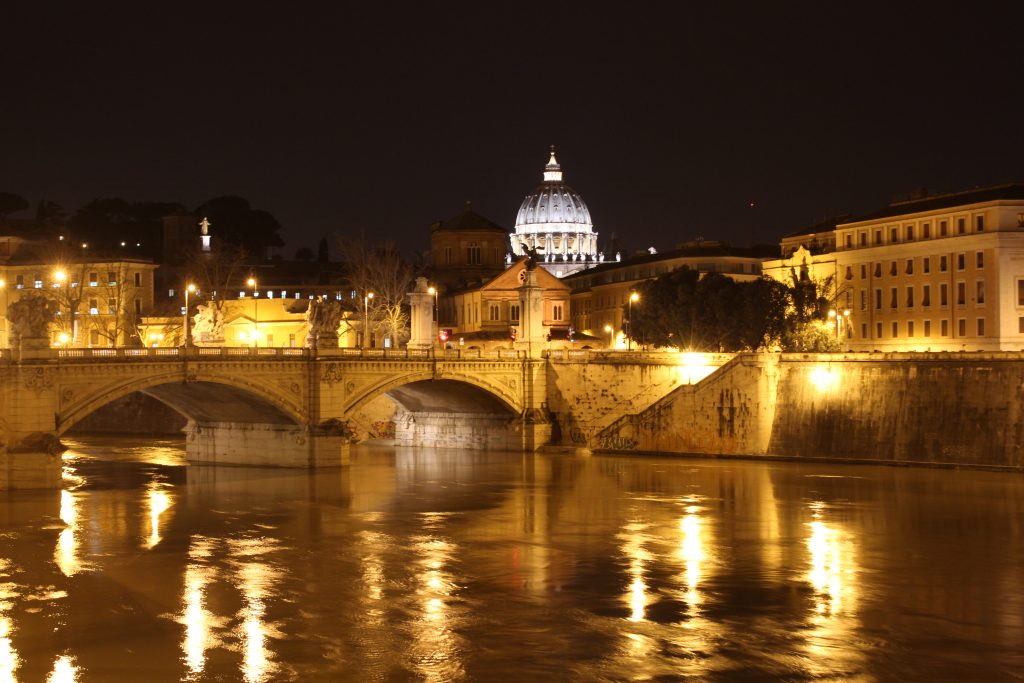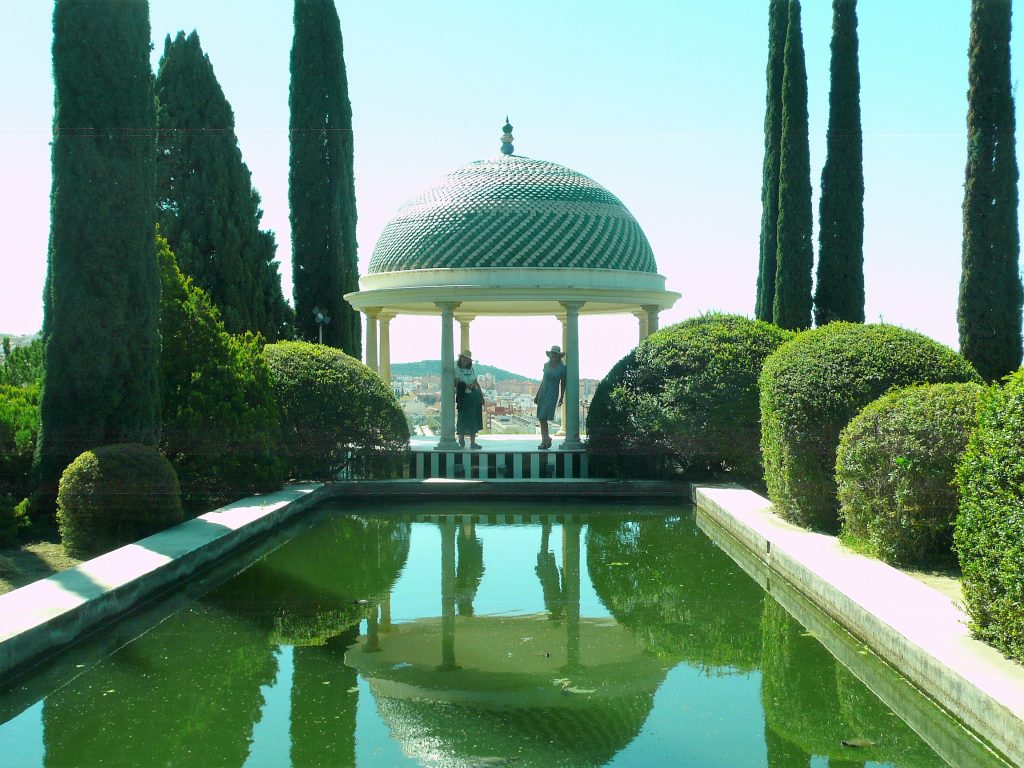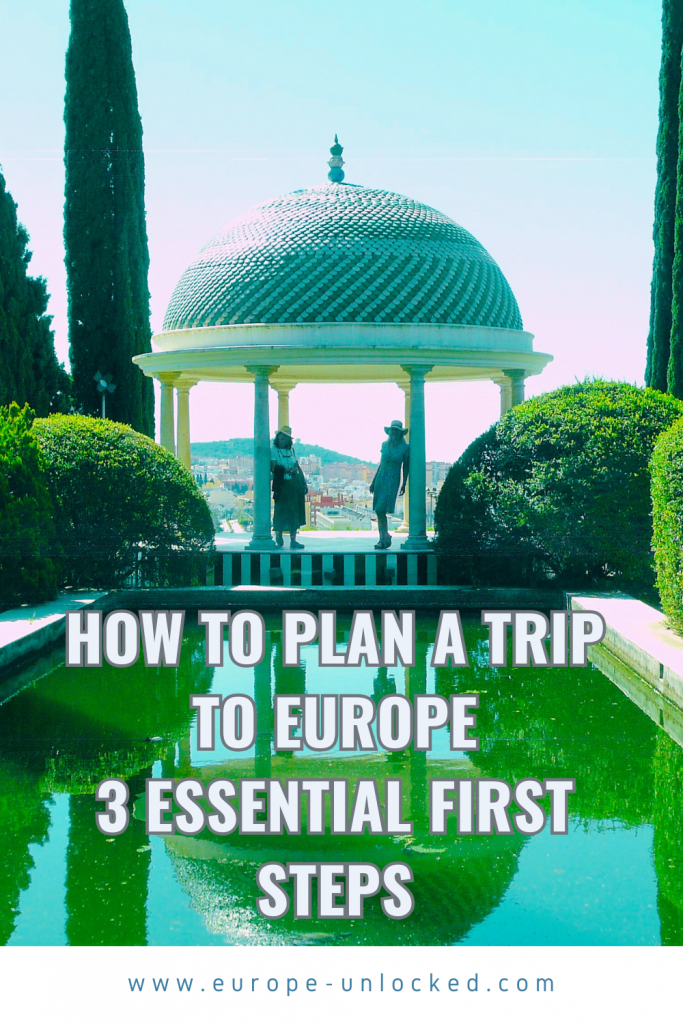Planning your first trip to Europe can be an exciting task, but it is difficult to know where to start. It is easy to fall into the trap of following everyone else and going to the same places but is that what you really want to do ?
In order to simplify your planning I have come up with three steps that you should make before choosing your destinations or your itinerary.
The first 3 steps to planning a European trip
- Find your why
- Find your time
- Find your budget
FIND YOUR WHY
A great place to start when planning your European trip is to find your why.
What do I mean by that?
Ask yourself why you want to go to Europe
- Is it to see art?
- Is it to visit historical places?
- Do you want to go on a gastronomic journey?
- Do you want to visit a scene you saw in a movie?
Maybe you want to go birdwatching, horseback riding, take art classes…What do you enjoy doing on vacation? Do you enjoy strolling the streets soaking up the atmosphere or do you prefer to spend your time in museums and art galleries?
There is no right or wrong answer, but everyone’s answer will be different. Maybe you’ve heard amazing travel stories from friends or want to be part of the conversation when everyone talks about their European adventures. If that’s the case, it’s worth considering what truly excites you about the idea of traveling—so your trip reflects what you love, rather than just following the crowd.
Finding your why will help you find a starting point for your trip. If there is somewhere you have always wanted to go or something you have always wanted to see, then build your trip round that. Keeping a focus on what you really want to get out of the trip will help make it a unique and unforgettable experience
Why is why so important?
With 44 countries to choose from Europe has a lot to offer but that also means a lot of choices to make. If you don’t find your why then you will just be going to the same places and seeing the same things as millions of other visitors without getting any joy out of it. Life is short and your vacation time is even shorter. Spending that time doing things that do not excite you is not profitable. It would be easy to make a list of places that you must see in Europe, but in truth no such list should exist. You could spend a lifetime seeing all the marvels that Europe has to offer and there would still be things left to see.
This is YOUR trip. YOUR vacation. Finding your why will help you to get a trip that resembles you. The only “must sees” are the things you want to see.

Find your budget
For some the budget will dictate what type of trip you can take and for how long, for others it will be the length of trip that sets the budget. Either way it is a great idea to set your budget before your start to plan itineraries.
If you already have a budget in mind then take that figure and subtract your approximate flight costs (this does not need to be too accurate to start with it is just a starting point).
If you know how many days you are travelling for then divide the remaining budget by the number of days of your trip.
If you are trying to work out how many days you can afford then take this figure and divide it by your cost per day.
As a very rough guide it is advisable to keep accommodation costs to 50% or less of your daily budget if you want to enjoy your European tour to the full. This goes for all levels of budgets (except perhaps the very top budgets) as it helps to balance out comfort and enjoyment. You may decide to spend less on accommodation to have more leftover for extras but this should give you a starting point when looking for accommodation.
Its essential to consider individual travel styles and destinations as well as timings to develop a detailed budget. The aim here is to get a starting picture as it could seriously affect where and when you choose to go.
Once you have an itinerary drafted you can re-visit the budget to see how it fits with your overall plans.
What does that actually look like?
Case 1: A couple who have $10000 (USD) saved up want to visit Europe for 7 days.
As a first estimate we are going to assume that flights (including travel to and from the airport and parking if needed at the airport) are $1000 per person.
That leaves $8000.
Now is a good time to transfer that to Euros, the current rate is USD$1.14 = 1€ so our budget is 7017€.
Dividing this by the number of days gives 1002€ per day. This is a very comfortable budget and should allow staying in good 3* or 4* accommodation within major cities and 5* elsewhere.
Case 2: A solo traveller who has $6500 (USD) and wants to know how long to make her trip.
We will assume the same flight costs leaving $5500.
She is happy to stay at smaller, lower priced accommodation but not in hostels. A budget of 240€ a day should be a comfortable starting point. This gives enough budget for a 22 day trip.
A detailed budget can be made once your itinerary has been drafted, but this gives you somewhere to start.

Find your time
Some travellers have the luxury of time. One of the best things about travelling in your retirement is being able to take the time to see the things you want to see. Other travellers are not so lucky. Travel needs to be fitted in between work and family commitments.
What is the perfect length of time for a European trip? In truth there isn’t one. Some people like to take things slow and get to know the places they are visiting, others like to cram as much as possible into their days.
The important thing is to make the most of the time you do have, to enjoy travel your way.
Saying that, I do think there is a minimum length of time for a European trip if you are planning on more than one country. Whilst it is possible to do a long weekend trip to London or Paris for example, it wouldn’t be sensible to plan a European trip to more than one country in less than 7 days.
With Europe unlocked we will concentrate on itineraries of seven days, 10 days, 2 weeks and 3 weeks. Longer trips are more likely to be completely bespoke so contact us directly for advice.
Of course, time doesn’t just mean how many days, it also means what time of year you should choose for your European trip.
This is another reason why to start by choosing your why. There is no point in planning a trip to the European Christmas markets in February nor a tour of the best beaches in October.
Europe is very seasonal. Some countries are more prone to changes in the season than others, but it is true that wherever you chose to visit in Europe the season will influence your trip.
If you find the heat difficult, or want to avoid crowds then it is best to plan your European trip outside of the months of July and August. These are also the most expensive months in most places so if your budget is tight planning to go to Europe in spring or autumn will help your money go further.
Some tourist sites outside the main cities are closed or have restricted openings during the winter months, but if you are planning to travel between major cities then you will find fabulous things to see and do whatever the season.

To wrap up
Taking your time to consider these 3 points before planning your European trip in detail will help you to make the most of your vacation. Maybe this will be your first trip of many to Europe. Maybe it will be a trip of a lifetime. Either way it is important to make this YOUR trip to match up with your desires and your budget.
There are plenty of organised tours you can go on which will show you the same parts of Europe as everyone else, but no organised tour exists that represents who you are and what you want to get out of travelling to Europe. Planning your own trip can be nearly as fun as taking one, but it can also be a daunting task. Keep following for further tips and tricks to simplify Europe.
I will be going into much more detail about budgets and itineraries in future blog posts, but if you would like any help or advice in the meantime please contact me or see here for details of our services. For a limited time our services are free of charge.


Wonderful website !!
Thanks to Julia, me and my friends had a amazing trip in France 😁
Brilliant website, love the concept and will definitely be in touch for our next trip to Europe.